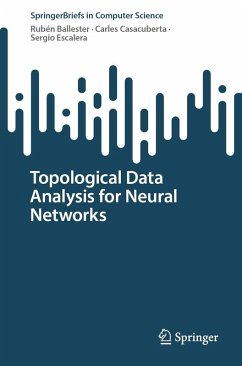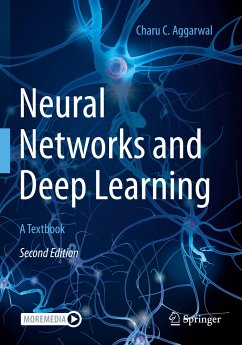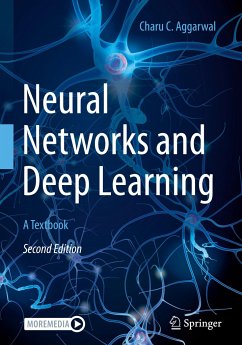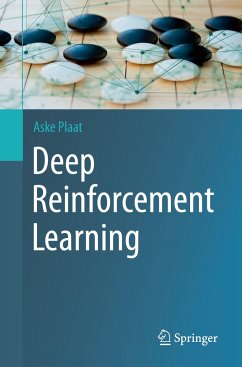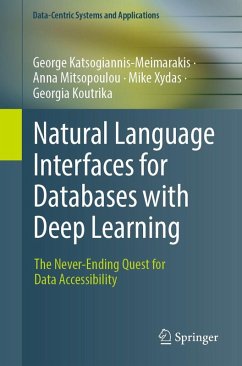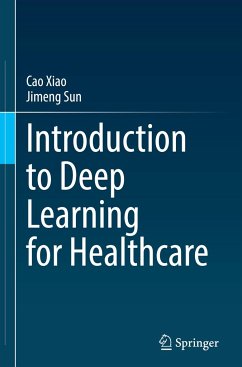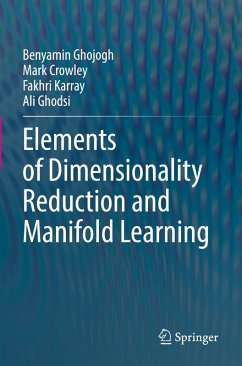
Elements of Deep Learning
Versandkostenfrei!
Versandfertig in 6-10 Tagen
83,99 €
inkl. MwSt.

PAYBACK Punkte
42 °P sammeln!
This textbook offers a comprehensive introduction to deep learning and neural networks, integrating core foundations with the latest advances. It begins with essential machine learning concepts and classic neural network architectures before progressing through convolutional models, backpropagation, regularization, generalization theory, PAC learning, and Boltzmann machines. Advanced chapters cover sequence models including recurrent networks, LSTMs, attention, Transformers, state-space models, and large language models alongside deep generative approaches such as VAEs, GANs, and diffusion mod...
This textbook offers a comprehensive introduction to deep learning and neural networks, integrating core foundations with the latest advances. It begins with essential machine learning concepts and classic neural network architectures before progressing through convolutional models, backpropagation, regularization, generalization theory, PAC learning, and Boltzmann machines. Advanced chapters cover sequence models including recurrent networks, LSTMs, attention, Transformers, state-space models, and large language models alongside deep generative approaches such as VAEs, GANs, and diffusion models. Emerging topics include graph neural networks, self-supervised learning, metric learning, reinforcement learning, meta-learning, model compression, and knowledge distillation.
Balancing mathematical rigor with hands-on practice, Elements of Deep Learning emphasizes both theoretical depth and real-world application. Different theories are introduced with PyTorch-based codeexamples, helping readers to translate theory into implementation. Organized into five sections fundamentals, sequence models, generative models, emerging topics, and practice the text provides a unified roadmap for mastering modern deep learning.
Designed for advanced undergraduates, graduate students, instructors, and professionals in engineering, computer science, mathematics, and related fields, this book serves both as a primary course text and a reliable reference. With minimal prerequisites in linear algebra and calculus, it offers accessible explanations while equipping readers with practical tools for applications in vision, language, signal processing, healthcare, and beyond.
Balancing mathematical rigor with hands-on practice, Elements of Deep Learning emphasizes both theoretical depth and real-world application. Different theories are introduced with PyTorch-based codeexamples, helping readers to translate theory into implementation. Organized into five sections fundamentals, sequence models, generative models, emerging topics, and practice the text provides a unified roadmap for mastering modern deep learning.
Designed for advanced undergraduates, graduate students, instructors, and professionals in engineering, computer science, mathematics, and related fields, this book serves both as a primary course text and a reliable reference. With minimal prerequisites in linear algebra and calculus, it offers accessible explanations while equipping readers with practical tools for applications in vision, language, signal processing, healthcare, and beyond.



